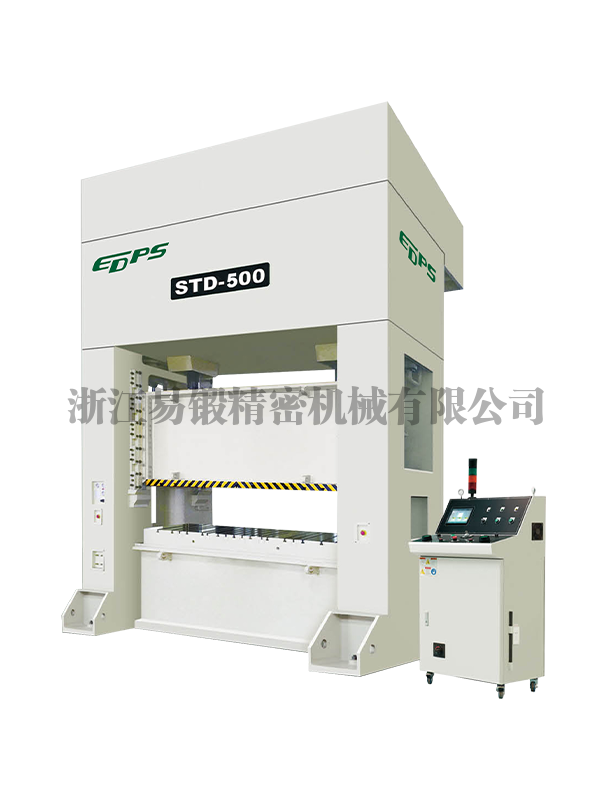Punch is a common equipment of mechanical processing, the noise caused by working is very large, especially the high-speed automatic punch, continuous high noise is more serious harm to the surrounding environment noise. Generally speaking, the noise of punching machine reaches 95-110db, which is harmful to the physical and mental health of workers, and even causes irreversible harm to English listening.
In order to deal with the problem of noise pollution of punch press, the punch press is usually placed in an independent sound insulation room, which is the sound insulation cover of punch press. In order to get a very good effect of sound insulation cover of punch press, the method of sound insulation cover is very important, which plays a decisive role in the sound insulation effect of sound insulation cover of punch press.
Construction method of sound insulation cover of punch press:
1) Appearance and specification of sound insulation cover: it is determined according to the geographical environment and equipment layout of the construction site. On the basis of completely covering the noise source equipment, the basic maintenance and normal work requirements are considered. Reduce the size of the acoustic enclosure as much as possible to prevent unnecessary economic investment.
2) Sound insulation cover structure: the key is composed of steel structure, sound absorption and insulation module, basic sound insulation maintenance door, multi opening sound insulation sliding door, ventilation and heat dissipation device and lighting equipment.
3) Steel structure: depending on the specification and installation environment of the acoustic enclosure, it must be constructed with high-quality profiles. Generally, the main structure is H-shaped steel or square tube, and the antirust method is to use galvanized profiles or brush antirust paint. Auxiliary structure is generally angle iron, steel plate, etc

4) Sound absorption and insulation module: in order to consider the requirements of equipment maintenance, it may be necessary to disassemble all the sound insulation covers. Therefore, the sound insulation cover must be detachable, so modularization is selected. The cumulative thickness of sound absorption and insulation module is 100 mm, and the structure is: 1.5 mm high-quality galvanized steel plate + 3 mm thick shock absorption and sound insulation architectural coating + 100 mm thick environmental protection sound absorption cotton + medium alkali high-density sound absorption glass cloth (to avoid sound absorption cotton debris escaping into the surrounding environment) + 0.8 mm high-quality galvanized metal perforated plate (the diameter of the hole is about 4 mm, the porosity is about 23%).
5) Sound insulation door: the basic sound insulation maintenance door is set for the sound insulation cover to consider the general maintenance needs and facilitate some auxiliary work. Another sliding door is set to facilitate the removal and replacement of the mold, the installation of the fixture and other normal work. The sound insulation capacity of the sound insulation door shall not be less than that of the sound absorption and insulation module, and high and medium grade hardware accessories shall be adopted.
6) Ventilation and heat removal: because the airtightness of the acoustic enclosure is very high, it is similar to a completely closed space. Therefore, when the equipment is working, if the heat caused by the motor is difficult to radiate out in the acoustic enclosure, the temperature in the enclosure is higher. It may cause certain harm to the service life of the equipment. When it is more serious, it may cause equipment failure, such as motor burnout. Therefore, ventilation circulation equipment must be set in the sound insulation enclosure to ventilate and exhaust heat. The air vent must be set on the sound absorption and insulation module of the enclosure. Generally, the air inlet is set at the lower part of the side, and the air vent is set at the top. And the top vent is equipped with exhaust fan, in order to use forced ventilation when necessary. In order to prevent the noise from spreading out from the tuyere, the ventilation muffler must be set at the tuyere to consider the demand of noise reduction.